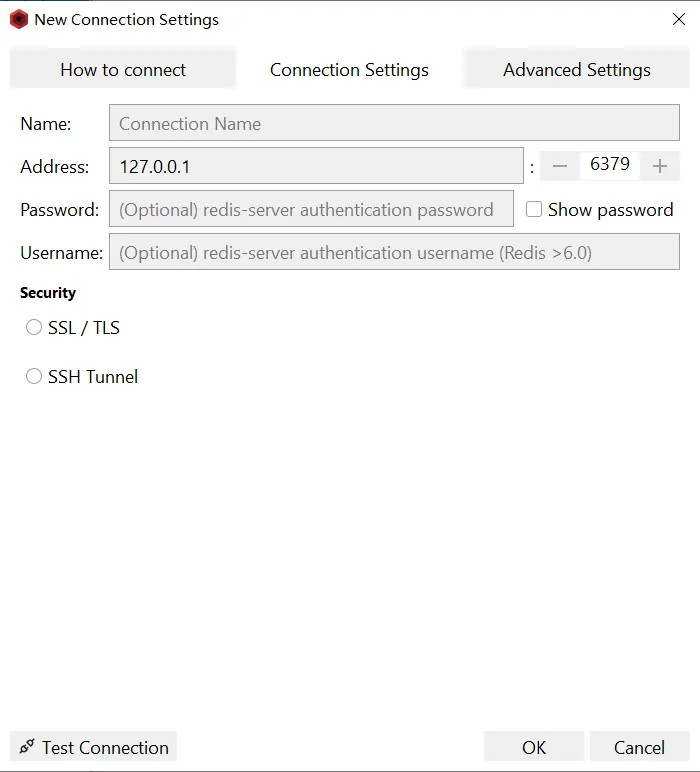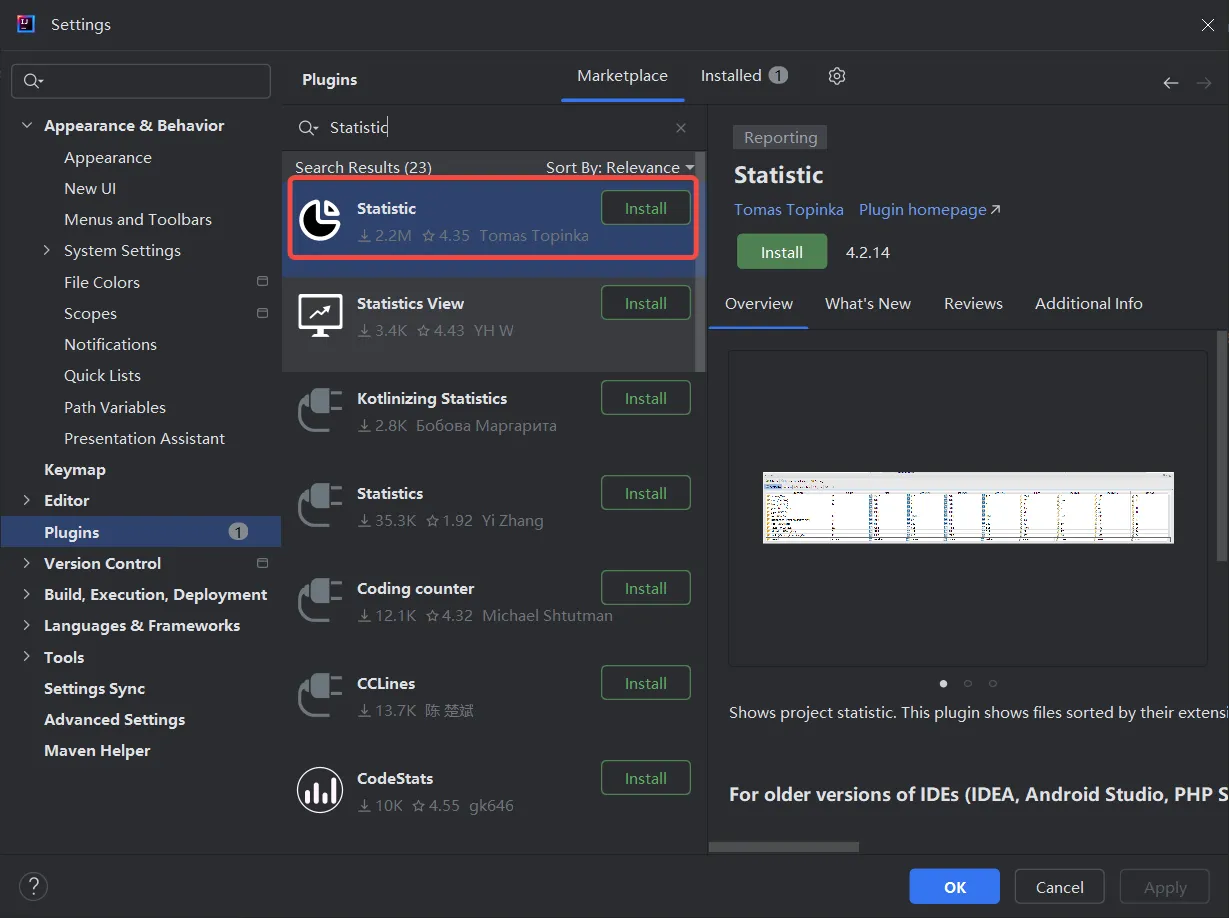Understanding the "chattr: Inappropriate ioctl for device while reading flags" Error
If you’ve encountered the error message chattr: Inappropriate ioctl for device while reading flags on /etc/nginx/conf.d/test.conf, you’re not alone. This error can be confusing, especially if you’re not familiar with the chattr command and its uses. Let’s break down what this error means and how to resolve it. What is the chattr Command?The chattr (change attribute) command in Linux is used to change file attributes on files and directories. These attributes can control various aspects of...
Troubleshooting "chattr: Operation not permitted while setting flags"
I’m trying to set an immutable attribute on some files in my home directory, but I keep encountering issues: chattr: Operation not permitted while setting flags on /data/ops/app.conf.12$ chattr +i /data/ops/app.confchattr: Operation not permitted while setting flags on /data/ops/app.confFrom the chattr man page: A file with the ‘i’ attribute cannot be modified: it cannot be deleted or renamed, no link can be created to this file, most of the file’s metadata can not be modified, and the file...
How to Install Docker on Ubuntu: A Comprehensive Guide
Docker is a powerful platform that simplifies the development, shipping, and deployment of applications by using containerization. If you’re using Ubuntu and want to set up Docker, this guide will walk you through the process step-by-step. Step 1: Update Your SystemBefore installing Docker, make sure your Ubuntu system is up-to-date. Open your terminal and run:12sudo apt updatesudo apt upgrade Step 2: Install Required PackagesInstall necessary packages to allow apt to use packages over...
Solving Mac System Port Occupation Issues
Port occupation issues on a Mac system can be frustrating, especially when you need specific ports for applications or services. Here’s a guide on how to troubleshoot and resolve these problems effectively: Understanding Port OccupationPorts on your Mac are pathways through which network and internet data travel. When a port is occupied, it means that some application or service is currently using that port, preventing other applications from using it simultaneously. Steps to Resolve Port...
Difference Between 'bash script.sh' and './script.sh'
If you’re new to Bash scripting, you might have noticed two common ways to execute a script: bash script.sh and ./script.sh. While both methods run your script, there are some key differences between them. In this tutorial, we’ll explore these differences and help you understand when to use each method. Basic Execution Methodsa) bash script.sh This method explicitly calls the Bash interpreter to execute your script.b) ./script.sh This method executes the script directly, using the...
How to View MySQL Version: A Quick Guide
As a web developer or database administrator, knowing the version of MySQL you’re working with is crucial for ensuring compatibility with your applications, understanding the features available, and planning for upgrades. In this quick guide, I’ll show you how to view the MySQL version using several different methods. 1. Using the MySQL Command LineIf you have access to the MySQL command line, the easiest way to check the version is by logging in and running a simple command. Here’s...
Effective Ways to Delete Fuzzy Matching Keys in Redis
In Redis, managing keys efficiently is crucial for optimal performance. Sometimes, you might need to delete keys that match a pattern or have a fuzzy match. Here’s how you can achieve this: Using Redis CLI CommandsRedis CLI provides several commands to interact with keys. To delete keys that match a pattern, you can use the KEYS command in combination with the DEL command: 1redis-cli KEYS "pattern*" | xargs redis-cli DEL Replace "pattern*" with your specific pattern. This...
A set of best practices and guidelines for using Redis effectively
In this article, I introduce you to 12 specifications in the areas of key-value pair usage, command usage, and data preservation, centered around the goals of high-performance access and saving memory space in Redis applications. Key-Value Pair Usage Specifications [Recommended] Use the business name as the KEY prefix, preferably using its abbreviation. This is done by prefixing the business name, then separating it with a colon(:), followed by the specific business data name. For example,...
String Comparisons in Bash
String comparisons are a fundamental part of Bash scripting, allowing you to manipulate and make decisions based on text data. In this blog post, we’ll explore various methods and operators for comparing strings in Bash, along with practical examples and best practices. Basic String Comparison OperatorsBash provides several operators for comparing strings: = or ==: Equal to (use == inside double brackets [[ ]]) !=: Not equal to <: Less than (in ASCII alphabetical order) >: Greater...
Flushing Cache Data in Redis: A Step-by-Step Guide
Caching mechanisms are vital for optimizing application performance by storing frequently accessed data in-memory. Redis, as a robust key-value store, offers powerful caching capabilities. Occasionally, you might need to clear or flush all cached data from Redis to ensure consistency or during maintenance tasks. Here’s how you can do it effectively: Understanding Redis FlushingFlushing in Redis refers to the action of removing all data stored in the current database. This operation is...
Numeric Comparisons in Bash
Numeric comparisons are essential for decision-making in Bash scripts. Whether you’re comparing user input, performing calculations, or implementing conditional logic, understanding how to compare numbers effectively is crucial. In this blog post, we’ll explore the various methods and operators used for numeric comparisons in Bash. Basic Numeric Comparison OperatorsBash provides several operators for comparing numbers: -eq: Equal to -ne: Not equal to -lt: Less than -le: Less than or equal...
How to learn Redis effectively?
Redis, an open-source, high-performance in-memory data structure store, is renowned for its speed, versatility, and simplicity. It has gained immense popularity and is widely utilized for caching, distributed locks, session management, real-time analytics, and more. Whether you’re a developer looking to expand your skills or an IT professional aiming to optimize data handling, mastering Redis can significantly enhance your proficiency. Here’s a comprehensive guide on how to learn Redis...
Functions in Bash
Functions are a powerful feature in Bash scripting that allow you to organize your code, improve readability, and reduce repetition. In this blog post, we’ll explore how to create and use functions effectively in your Bash scripts. Basic Function SyntaxHere’s the basic syntax for defining a function in Bash:1234function_name() { # Function body # Commands go here}You can also use this alternative syntax:1234function function_name { # Function body # Commands go...
How to count lines of code in IntelliJ IDEA?
There are several ways we can count lines of code in IntelliJ IDEA. One of the most common methods is to use the Statistic plugin.In this article, I will show you how to count lines of code using the Statistic plugin.First, we need to install it from Intellij IDEA: Open IntelliJ IDEA editor; Select File > Settings, Open Settings Popup Window; Select Plugins, then type “Statistic” to search plugins; Click on the Statistic install button; Click on the Apply button and close the...
Include Files in Bash
Just like other programming languages that allow you to include files, Bash scripting also enables you to include (or source) another shell script within your script. This practice is a powerful way to modularize your code and reuse functions, variables, and configurations. It helps keep your scripts organized, readable, and maintainable. For instance, to include a script named filename.sh in your current script, you can use the following syntax, assuming that filename.sh is in the same...
Case Statement in Bash
Are you looking to streamline your Bash scripts and make them more efficient? Look no further than the powerful switch (case) statement! In this blog post, we’ll dive deep into how to use this versatile control structure in Bash scripting. What is a Switch (Case) Statement?The switch statement, known as the “case” statement in Bash, allows you to compare a given value against multiple patterns and execute different code blocks based on which pattern matches. It’s an excellent alternative to...
Until Loop in Bash
An until loop in Bash is similar to a while loop, but it works in the opposite way. It repeatedly executes a block of commands until a specified condition becomes true. In other words, the loop continues as long as the condition is false and stops when the condition becomes true. Basic SyntaxThe basic syntax of an until loop in Bash is:1234until [ CONDITION ]do # Commands to be executeddone CONDITION is an expression that is checked before each iteration of the loop. If the condition is...
While Loop in Bash
A while loop in Bash is another control structure that repeatedly executes a block of commands as long as a specified condition is true. It’s particularly useful when you don’t know in advance how many times you need to loop, as the loop will continue until the condition is no longer met. Basic SyntaxThe basic syntax of a while loop in Bash is:1234while [ CONDITION ]do # Commands to be executeddone CONDITION is a test or expression that is checked before each iteration of the loop. If...
For Loop in Bash
A for loop in Bash is a control structure that allows you to repeat a set of commands for each item in a list, over a range, or based on other criteria. It’s commonly used for tasks like iterating over files in a directory, processing elements in an array, or executing a block of code multiple times. Basic SyntaxThe basic syntax of a for loop in Bash is as follows:1234for VARIABLE in LISTdo # Commands to be executeddone VARIABLE is a placeholder that takes the value of each item in LIST...
Conditional Statements in Bash
In this article, we’ll explore the various types of conditional statements in Bash and how to use them effectively. If StatementThe most basic conditional statement is the if statement. It allows you to execute code blocks based on whether a condition is true or false.Basic Syntax:123if [ condition ]; then # commands if condition is truefiExample:1234567#!/bin/bashage=25if [ $age -ge 18 ]; then echo "You are an adult."fi If-Else StatementThe if-else statement allows you to...




